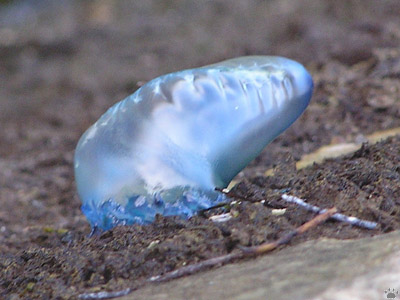
Portuguese man-of-war (Physalia physalis), Matheson Hammock State Park. |
Florida, part 30: Other Living Things
The most important animals in the history of Florida are marine invertebrates. Most of the peninsula is made of limestone which comes from their fossilized skeletons. Coral reefs once lined much of southern Florida's coastline, but very few of them are still alive.
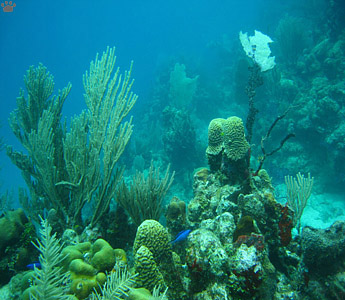 |
 |
| Caribbean coral reefs. |
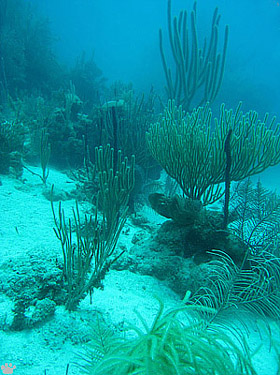
Caribbean coral reef. |
The few surviving reefs are located off the southern side of the Keys.
|
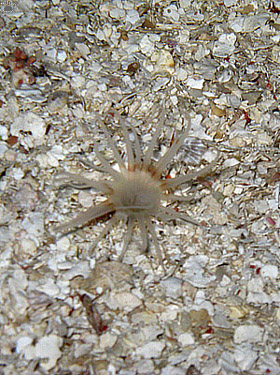
Tube-dwelling sea anemone (Ceriantaria), Utila I. |
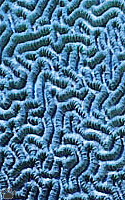 |
| Symmetrical brain coral (Diploria strigosa),
Dry Tortugas National Park. |
| The Dry Tortugas also have some live reefs. |
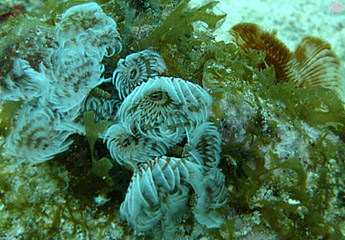
Sabellid worms, Utila I. |
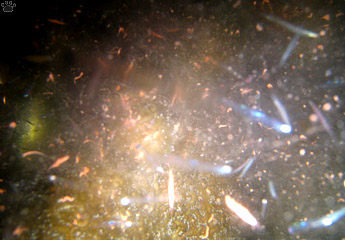
Spawn of polychaet worms, Utila I. |
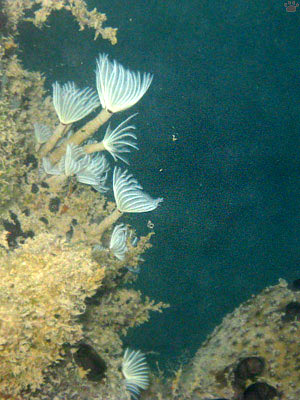
Sabellid worms, Utila I. |
Polychaet worms of coral reefs are often very beautiful. On certain nights, tail halves of some worms (epitokas) break off and form huge swarms to spawn. Everybody from corals to fish eats them. |
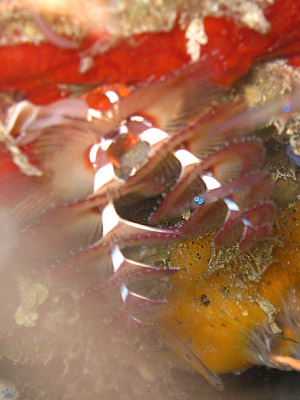
Sabellid worms, Utila I. |
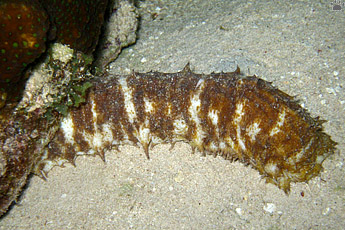
Tiger tail sea cucumber (Holothuria thomasi), Utila I. |
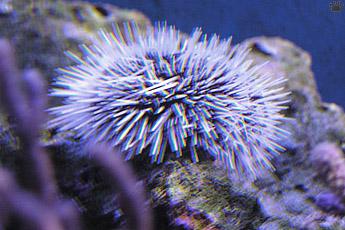
West Indian sea egg (Tripneustes ventricosus), off Miami. |
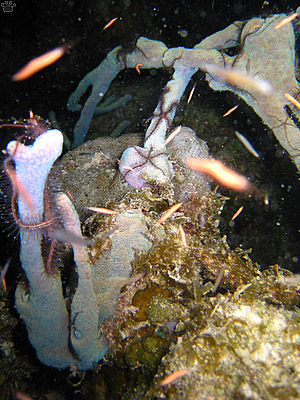
Bristle stars feeding on epitokas, Utila I. |
At night, coral reefs and surrounding sandy patches are alive with echinoderms. Various urchins, sea cucumbers, bristle stars and sea stars crawl out of their dens to feed on algae, detritus-rich sand, or small animals, respectively. |
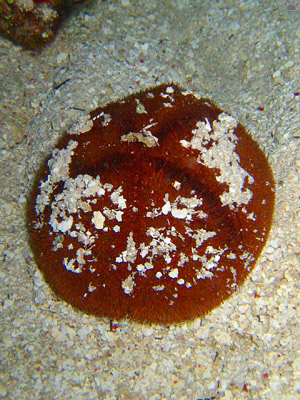
Red heart urchins (Meoma ventricosa), Utila I. |
 |
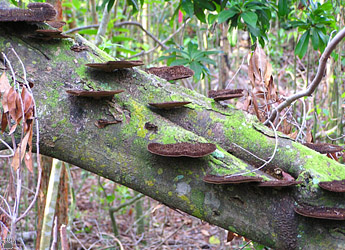 |
| Tree fungi, Everglades National Park. |

Gilled polypore (Lenzites betulina), Anclote River Park. |
On dry land, there's also plenty of interesting things that most people hardly ever notice. Some are even edible - I collect a lot of mushrooms in the oak forests of central Florida every year, mostly in November- December. Pine forests also have some tasty mushrooms. |
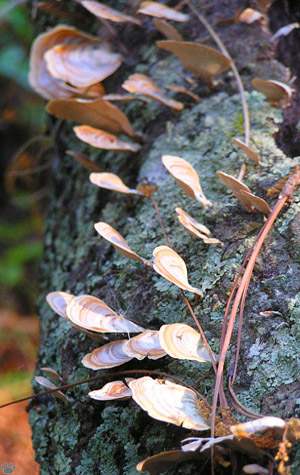
Common polypore (Trametes sp), Highlands Hammock State Park. |
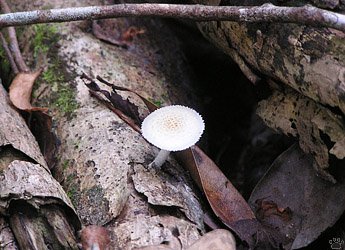 |
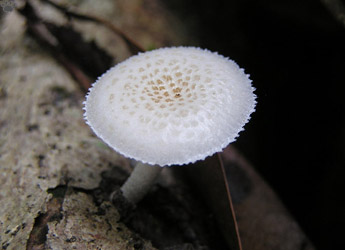 |
| Parasol (Lepiota sp.), Charlotte Harbor Environmental Center. |

White king bolete (Boletus barrowsii), Ocala National Forest. |
Mushrooms and other fungi are not just good (sometimes) to eat . They are extremely important for normal functioning of ecosystems, particularly forests. |

Waxy caps (Hygrophorus sp.), Split Oak State Park. |
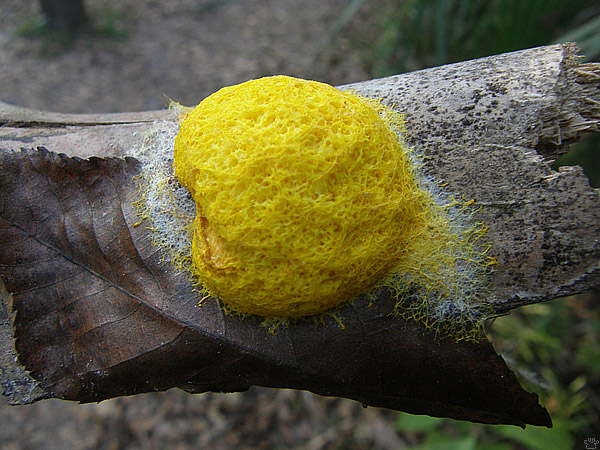
Unidentified slime mold, Cecil M. Webb Wildlife Management Area. |
Part 31. Sky
Back to Part 29
Home
|






















